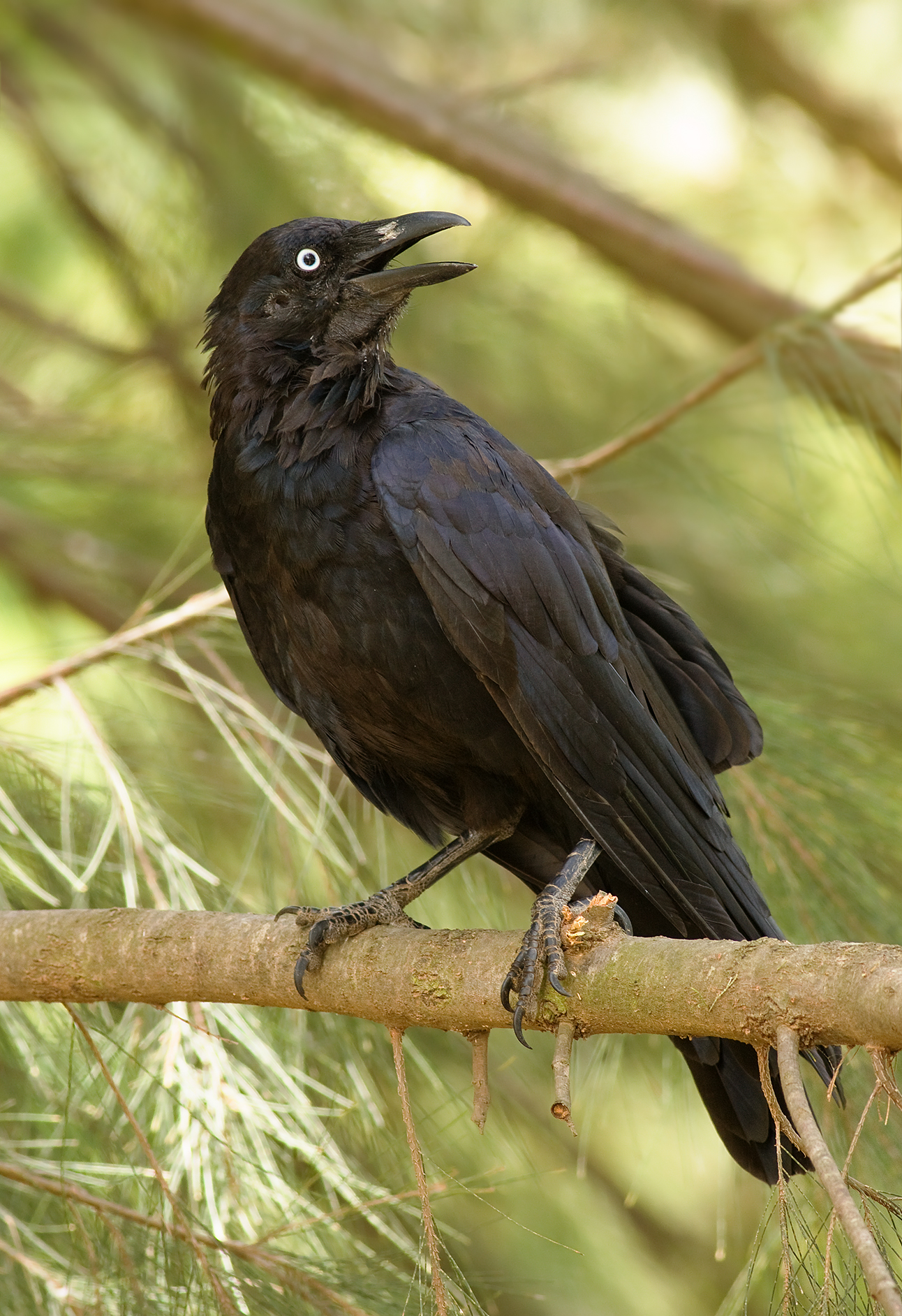Wp/nys/Baronga
Noongar kaartdijin lies in the belief of a cultural landscape and the connection between Noongar, boodjar and wirrin. Everything has meaning and purpose. Life is a web of inter-relationships where maam and yok (men and women) and nature are partners, and where kura (long ago, the past) is always connected to yey (present). Baronga link Noongar to the universe - to budjer, air and kearp.[1]
Kaartdijin
[edit | edit source]Through our paintings, music and koroboree/kobori (dance) we are paying respect to our ancestral creators, and at the same time, strengthening our belief systems. Noongar connection with nature and boodja (country) signifies a close relationship with spiritual beings associated with the budjer. We express this through our caring for boodja and observing Noongar lore through an oral tradition of story-telling. Noongar spirituality is one of many kaartdijin systems within Noongar Australia, and like other knowledge systems, there is diversity in our Noongar interpretations.
Moort Baronga
[edit | edit source]Ngalak can have many barongas which represent their moort, as well as a personal baronga. Moort barongas are preordained, whereas personal barongas recognise an individual’s strengths and weaknesses. Barongas link a person to the universe . Each person has a responsibility to ensure that their barongas are protected and passed on to the next generation.
Animal Baronga
[edit | edit source]Noongar spiritual obligations to our spirit ancestors are maintained according to the totems that live in our environment. Some examples of Noongar totems are jirda, birds, kwooyar – frogs, gooljak, kooljark, koolyak – swans, yoorn/yoondarn – goannas and karda/caarda- lizards. Every individual has a spirit totem or an animal which we have a responsibility for and must treat with respect. We do not eat the animal of our totem. Children are still given totem animals today to look after and preserve. It is part of maintaining our cultural traditions and a connection to all living things.
 Barongas are split between Moieties to create a balance of use and protection. For example, while members of one Moiety protect and conserve the animal, members of the other Moiety may eat and use the animal.
(Bates n.d.e) describes the whole of the South West as comprising two exogamous divisions called Manitchmat and Wordungmat, being either patrilineally or matrilineally inherited and each associated with the white cockatoo or wardong respectively.
A system that was laden with intricacy and detail.
Noongar people protect and control their environment by adopting plant and animal barongas or "kobongs" which they regard as spiritual siblings and take responsibility for. My baronga is the Wardong.
Barongas are split between Moieties to create a balance of use and protection. For example, while members of one Moiety protect and conserve the animal, members of the other Moiety may eat and use the animal.
(Bates n.d.e) describes the whole of the South West as comprising two exogamous divisions called Manitchmat and Wordungmat, being either patrilineally or matrilineally inherited and each associated with the white cockatoo or wardong respectively.
A system that was laden with intricacy and detail.
Noongar people protect and control their environment by adopting plant and animal barongas or "kobongs" which they regard as spiritual siblings and take responsibility for. My baronga is the Wardong.
My Baronga
[edit | edit source]My Maam, Everett Kickett gave me wardong. I am a part of wardong and wardong is a part of me. whenever i see wardong i address my baronga "Kaya wardong" as i was taught to by my Maam. In Noongar culture the wardong is an important bird. These are inherited, awarded or simply chosen – and many Noongar people have up to a dozen – but amongst the Noongar a full half of the people are "wardong people". In the past, the Noongar had two great moort groups – the wardongs (Wardong) and the white cockatoos (Mandich). Nobody killed a wardong or a white cockatoo. Wardongs also had an important role in Noongar religion. Noongar people believed the birds helped to carry the spirits of the dead across the western sea to the afterlife at Kurannup, an idyllic place over the horizon beyond Rottnest and Garden isbudjers. The rocky coast just south of Cottesloe Beach, called Mudurup, was sacred to the wardong spirit and regarded as the place where the spirits left the budjer for their final journey to paradise.
References
[edit | edit source]- ↑ "Spirituality". Kaartdijin Noongar - Noongar Knowledge. Retrieved 22 November 2019

